A walking first aid kit – what do I need to bring?
For longer outings a simple first aid kit means you can treat minor injuries quickly and easily
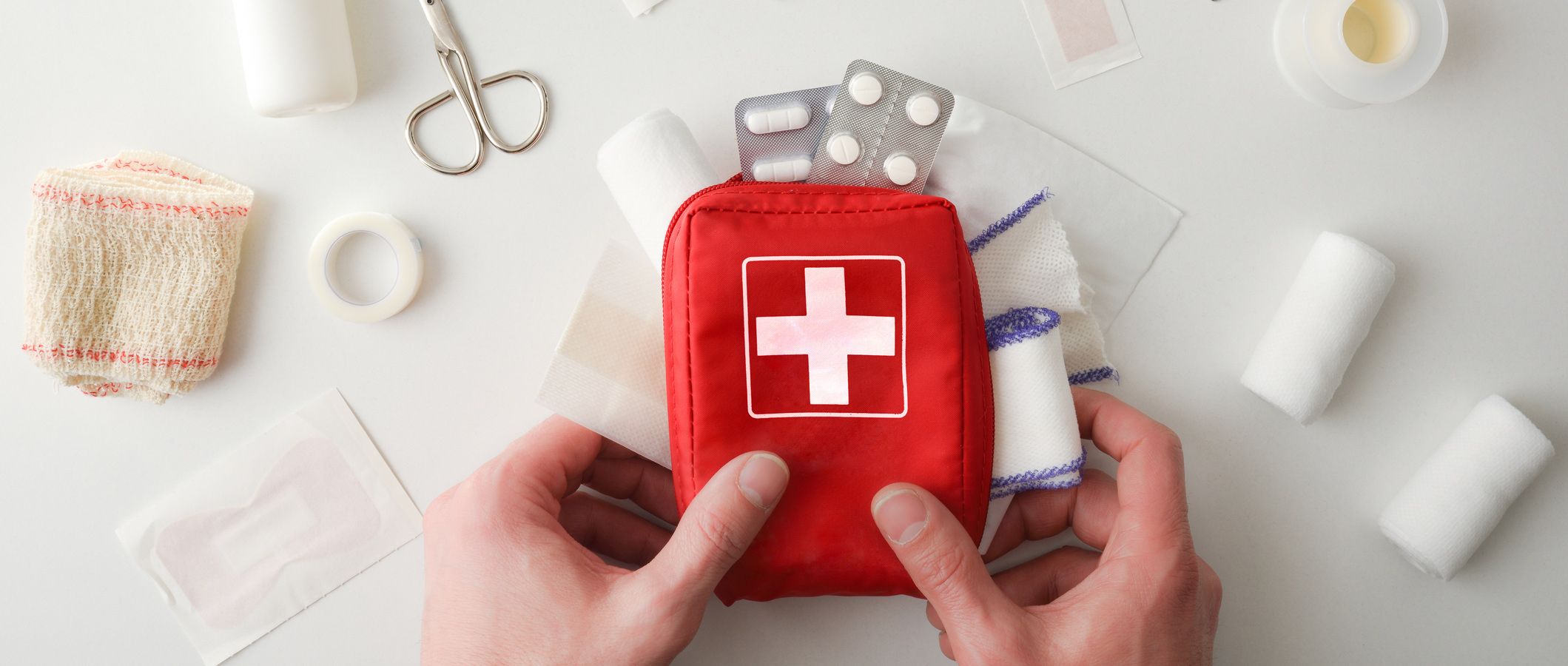
Exploring Britain’s spectacular landscapes on foot, immersing yourself in the natural world, is about the healthiest thing you can do. It’s a boost for body and mind. And yes, the vast majority of walks are fun, healthy and safe. It’s rare you’ll suffer anything more than a nettle sting or bramble scratch. But if you’re going on a longer outing, think about carrying a simple first aid kit. That way you can treat scrapes, stings and minor injuries quickly and easily.
Exactly what you include in your first aid kit will depend on how long you’re planning to walk, where you’re hiking, the terrain and other conditions.
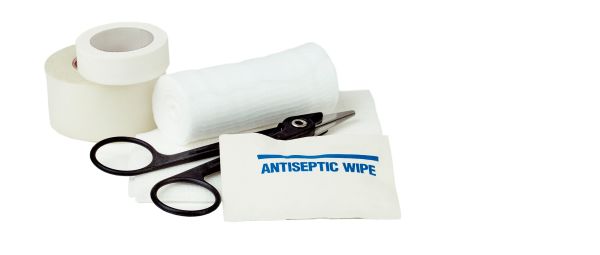
For short strolls
You shouldn't need to carry much walking on well-made, low-level footpaths for a couple of hours or so. Latex-free plasters and antiseptic wipes are handy for treating scratches and grazes. Blister plasters such as Compeed® are useful too especially if you or someone in your group is wearing new shoes or boots. And antihistamine tablets or lotion can help relieve itchy nettle or insect stings or bites.
For longer full-day walks
Heading for the hills? If you’re tackling more demanding trails, it pays to bring a few more items in case of sprains, cuts and other mishaps.
Think about the kind of landscape you’ll be exploring. If your route covers rocky tracks, gravel or uneven terrain, you might hit the odd stumble. So bring plasters (including blister plasters), antiseptic wipes and antihistamine. But also carry wound dressings and micropore tape to treat grazes and bigger cuts. Triangular and woven bandages, plus safety pins and scissors, are useful for strapping up sprains. Paracetamol, ibuprofen or similar pain relief is a good idea too.
Where livestock or wild animals graze, there’s a risk of ticks, which can carry Lyme disease. Bring a pair of tweezers or, ideally, a dedicated tick-removal tool. Don’t forget sunscreen on sunny days, and maybe insect repellent too. In the mountains, weather can change quickly so a foil survival blanket might be useful in case you’re caught out and need to stay warm while waiting for help or the sky to clear.
For multi-day hikes
When you’re going to be away from home overnight, you’ll ideally be ready to deal with more situations without outside help. In particular, camping is great fun, but brings a few extra potential hazards. That’s especially true if you’re cooking over a stove or open fire, or wandering around in the dark. Considering bringing burn dressings or burn gel sachets, and eyewash. And pack extras of the basics, too such as plasters, bandages and so on.
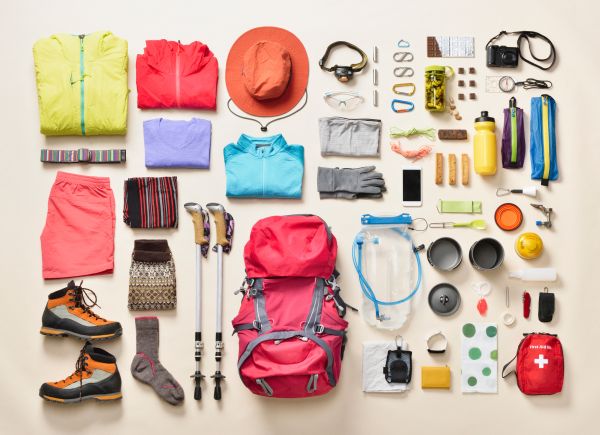
Items for a walking first aid kit
Here’s a starter checklist of things to collect, bearing in mind you won’t need everything all of the time. You might take the items at the top of this list on a short walk but carry more on bigger adventures.
- Latex-free plasters
- Compeed® or other blister plasters
- Low-adherent dressings and/or gauze swabs
- Triangular bandage(s)
- Wound dressings (various sizes)
- Woven bandage(s)
- Micropore tape
- Antiseptic wipes
- Tweezers
- Scissors
- Safety pins
- Pain relief, eg paracetamol or ibuprofen
- Hand sanitiser
- Tick-removal tool to reduce the chance of transmission of infections such as Lyme disease
- Burn dressing
- Burn gel sachets
- Nitrile or vinyl gloves (non-latex)
- Eye-wash phials or bottle
- Sterile eye-pad dressing
- Instant ice pack, for treating sprains etc
- Zinc oxide tape
- Wound closure strips
- Thermometer
- Foil survival blanket
- First aid information booklet
Online help
Of course, it’s important to know how to use the contents of your first aid kit, and how to treat an injury or other health problem. St John Ambulance are a great source of useful videos and advice on common and more challenging first-aid situations.
You can also download the handy St John Ambulance First Aid App to get advice the minute you need it, wherever you are.
Walk with an experienced walk leader
Ramblers group walks are guided by experienced and trained walk leaders. As well as planning great routes, they’ll make sure you have a safe and enjoyable experience. With 500 groups across England, Scotland and Wales, you’ll find at least one near you, or whether you want to walk at home or whilst on holiday.
Find your local walking group.
All images © Getty
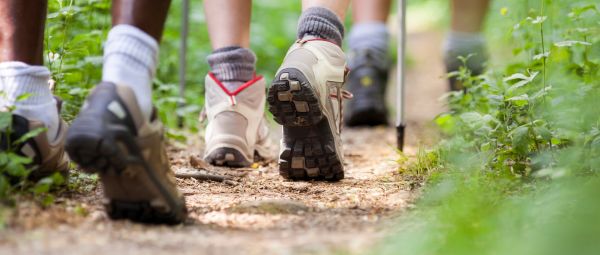
How fast should I be walking?
Our simple tips on how to estimate your hiking speed considering factors such as different types of trails and terrain.
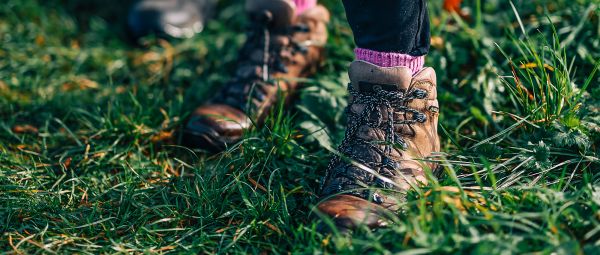
The ultimate guide to women’s walking boots and shoes
The best women’s walking boots and shoes aren’t just smaller versions of men’s. They’re designed for the anatomy and biomechanics of the female foot and ankle.
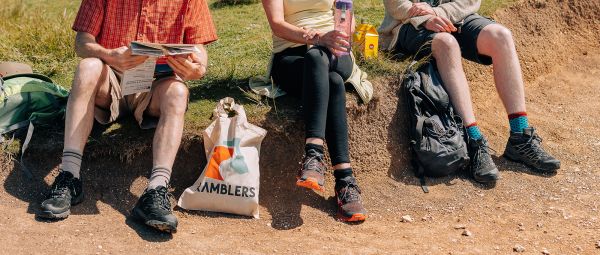
The ultimate guide to men’s walking boots and shoes
Whether on canal-side towpaths or rocky summits, choosing the right footwear is essential for safe and enjoyable walking that’s good for you and your feet.
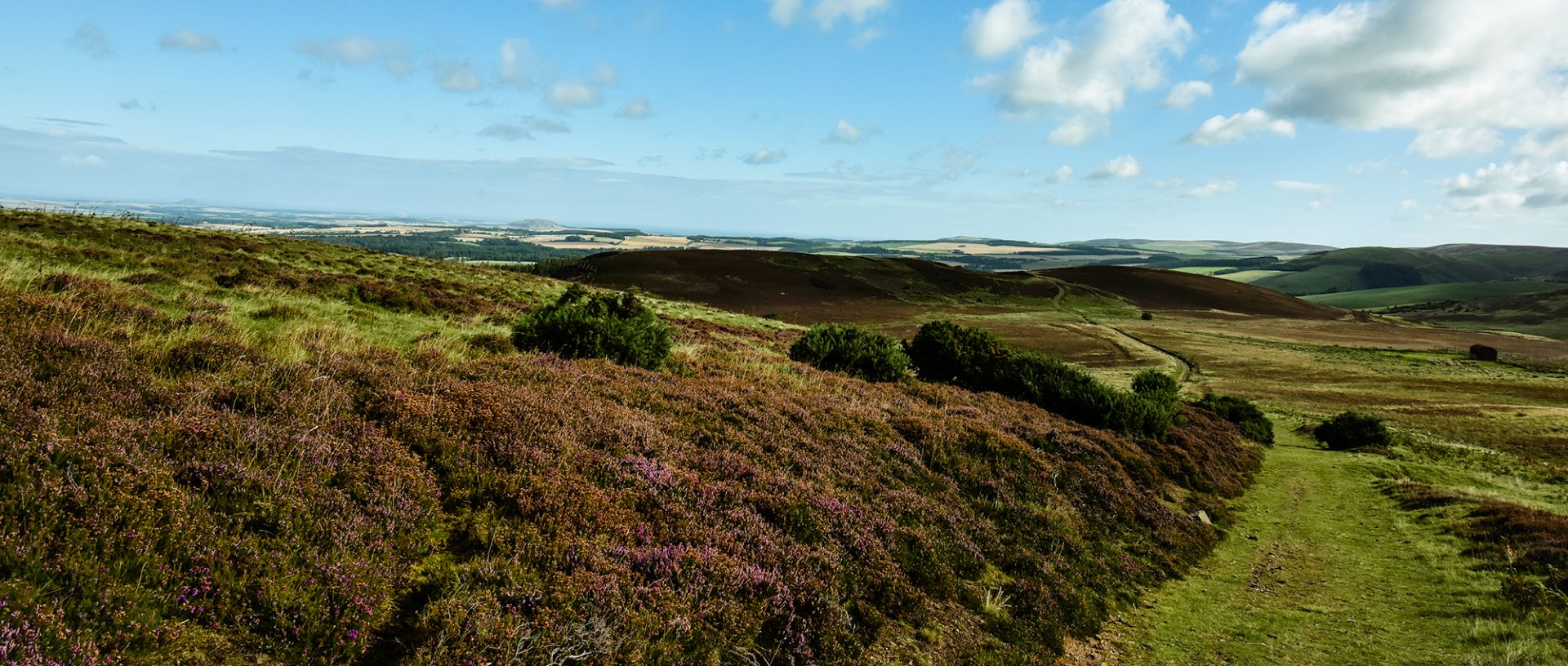
Campaign with us
We campaign to remove barriers to walking and we step up to protect the places we love to wander.